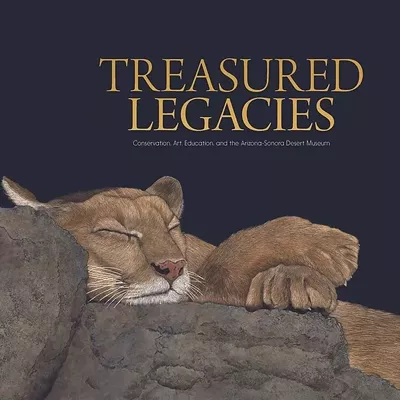It's the "kind of thing," he tells her, "you aren't careful, could come back around and bite you in the ass." The ghost scratches his nose and salutes her with his glass. "Watch your back, kiddo."
Protagonist Laura Cardinal decides the guy's only a dream, and after he's re-appeared a couple more times, just a manifestation of her own subconscious. But his materializing now and then does come in handy.
Also materializing for this occasion is J. Carson Black, the pen name of Tucsonan Margaret Falk. Falk has published several novels and contributes to local lifestyle periodicals. Darkness on the Edge of Town debuts her planned J. Carson Black Laura Cardinal series.
The case takes Tucson-based Department of Public Safety investigator Laura to Bisbee. A 14-year-old girl has been found there, sexually assaulted and murdered. As Laura's supervisor sends her out to open the investigation, he warns her against taking guff.
And he's right. Issues of job politics--of department and government jurisdiction, chain of command and gender roles--immediately rise as Laura picks up as lead investigator. Bisbee's police department has requested her department's help, but Bisbee detective Buddy Holland seems anything but welcoming. When a female cop pulls a public feminine-hygiene dirty trick on her, Laura finds herself in an intra-, as well as inter-gender competition.
The victim's body--found in a city band shell, arranged like a doll on a shelf--has been strangled and then meticulously washed, combed, douched and dressed in some version of a Victorian child's gown. The crime scene, too, has been scrubbed, so when a piece of evidence--a Copper Queen matchbook with an e-mail address on it--shows up the next day, both Laura and Holland suspect each other of evidence planting.
Clues send Buddy Holland and his crew into the child's Bisbee neighborhood, but they send Laura to Florida. Early on, we're privy to the fact that they're dealing with some form of Internet pedophilia, but we don't know where or how. The appearance of the girl brings up another ghost to Laura: that of the disappearance of a classmate 18 years before.
Although Laura is the central character, Black periodically shifts point of view--including to that of the murderer. An immediate effect is to simplify story telling, but it also provides an opportunity to develop the character of the pedophile. Bringing him in early in the book introduces a visceral creepy stain. Black's Laura is appealing--solitary and independent, but a little lonely (she lives a little on the edge; her home's a tiny Vail-area adobe on someone else's guest ranch). She's a thorough investigator who draws from both her analytical and intuitive capabilities, middle-class enough to have audience appeal. She's on the edge, too, in her relationship. The romance piece proves a pretty thin thread in the book, but Black draws its sheet scenes with restraint--a complement to Laura's reserve.
Darkness on the Edge of Town is carefully plotted and nicely detailed. The research convinces--passages of online chat and pedophile trolling could make you want to lock up your kid's computer, and identity theft should make you wonder where your Social Security numbers have been. Black's portrayal of police procedure feels authentic as well. She trails a few subplots that are--thankfully--not all neatly resolved at the end, and once the opposing forces are set into action, it's hard to put the book down.
One appeal of reading fiction from your hometown is familiarity--people and places you've grown up around or can imagine. You can picture the Sam Hughes house Laura enters, the foothills barbecue she misses, and the Indian cemetery at the old Fort Lowell dogleg where Julie Marr disappeared. In addition to the folks listed in the acknowledgments--one of the cops, writers, writing-group members you might know--there are the character names you might almost recognize: Timmy Judd, Freddy the assistant, Barry Fruchtendler.
You're not going to go to Darkness on the Edge of Town for literary fiction, but it's more than nailed its genre. It's a page-turner that doesn't take itself too seriously, a detective novel that honors conscientious police process, a reminder that what our children can't see can hurt them, and another book gone national by someone who might be at the next table at your local eatery. And the sequel's apparently in the hopper. One hopes it's with the sidekick ghost.







